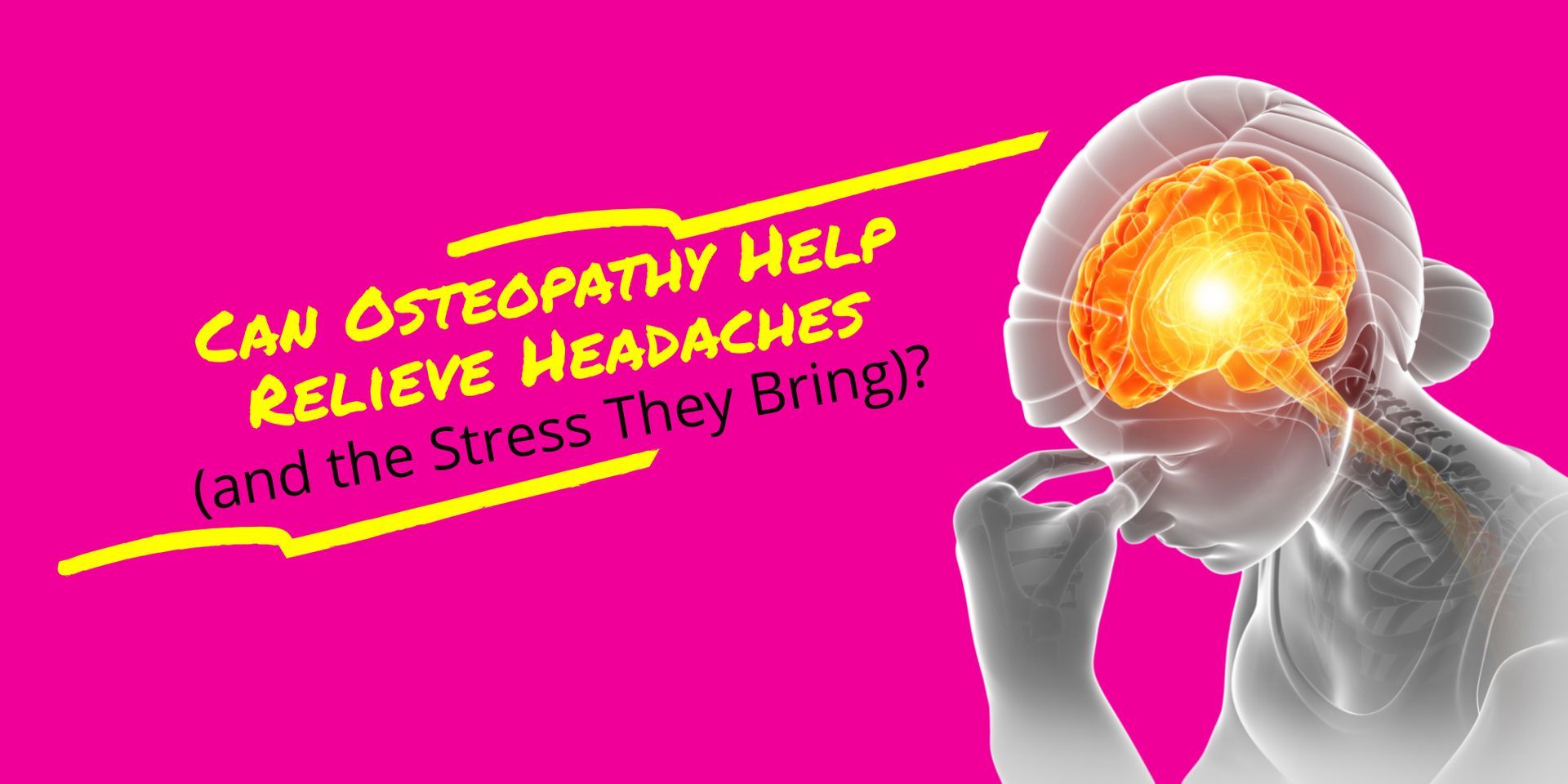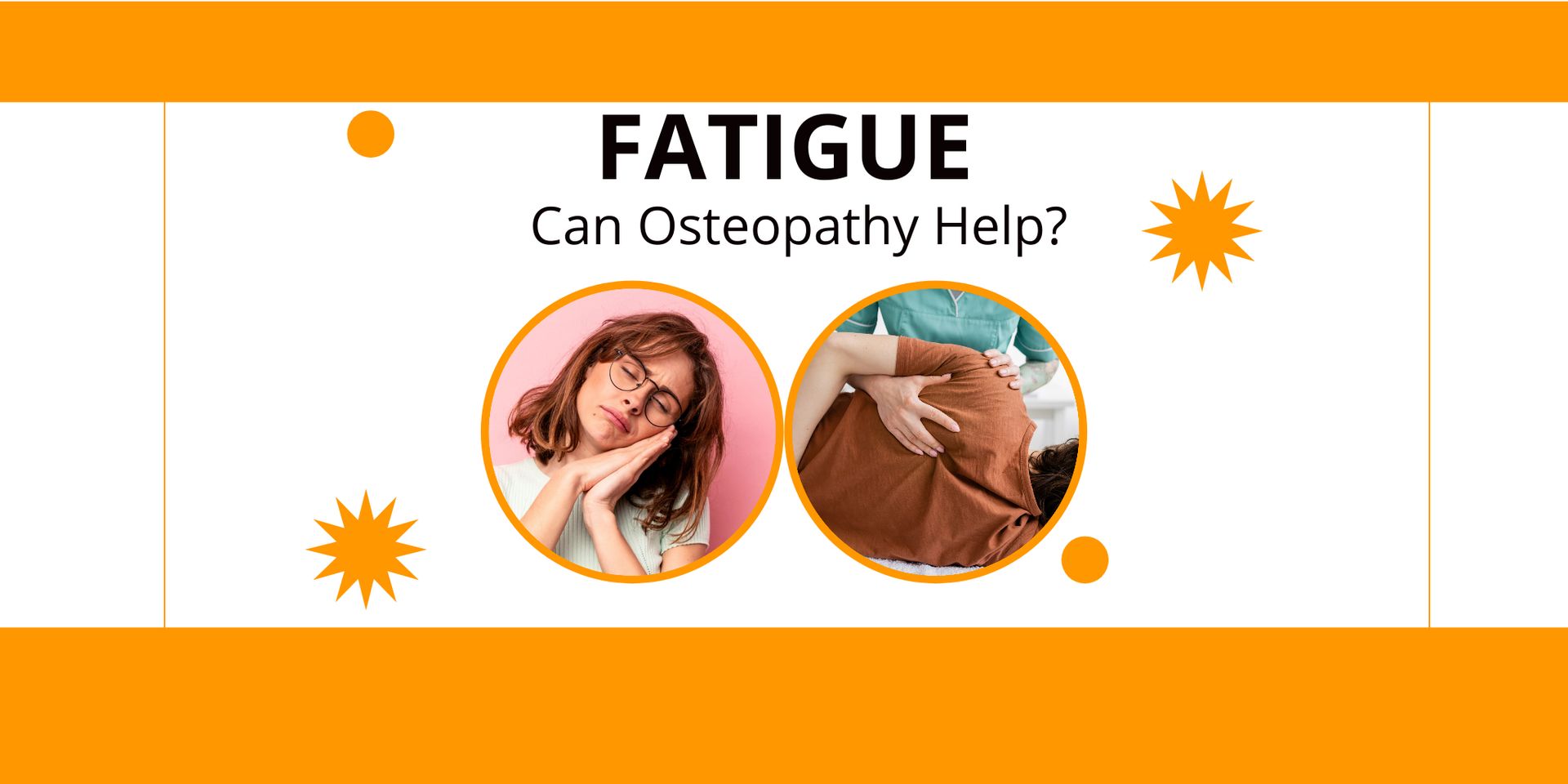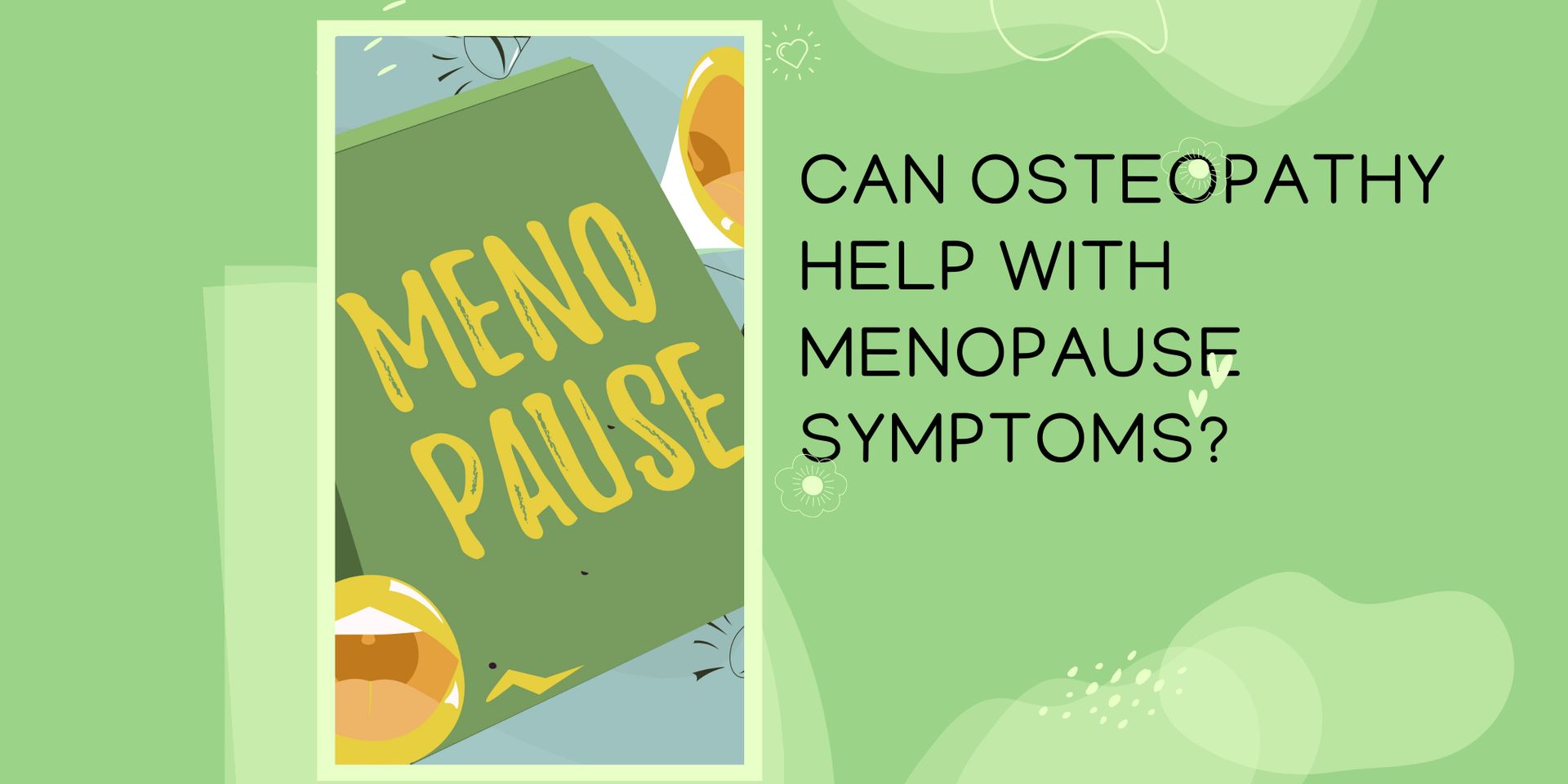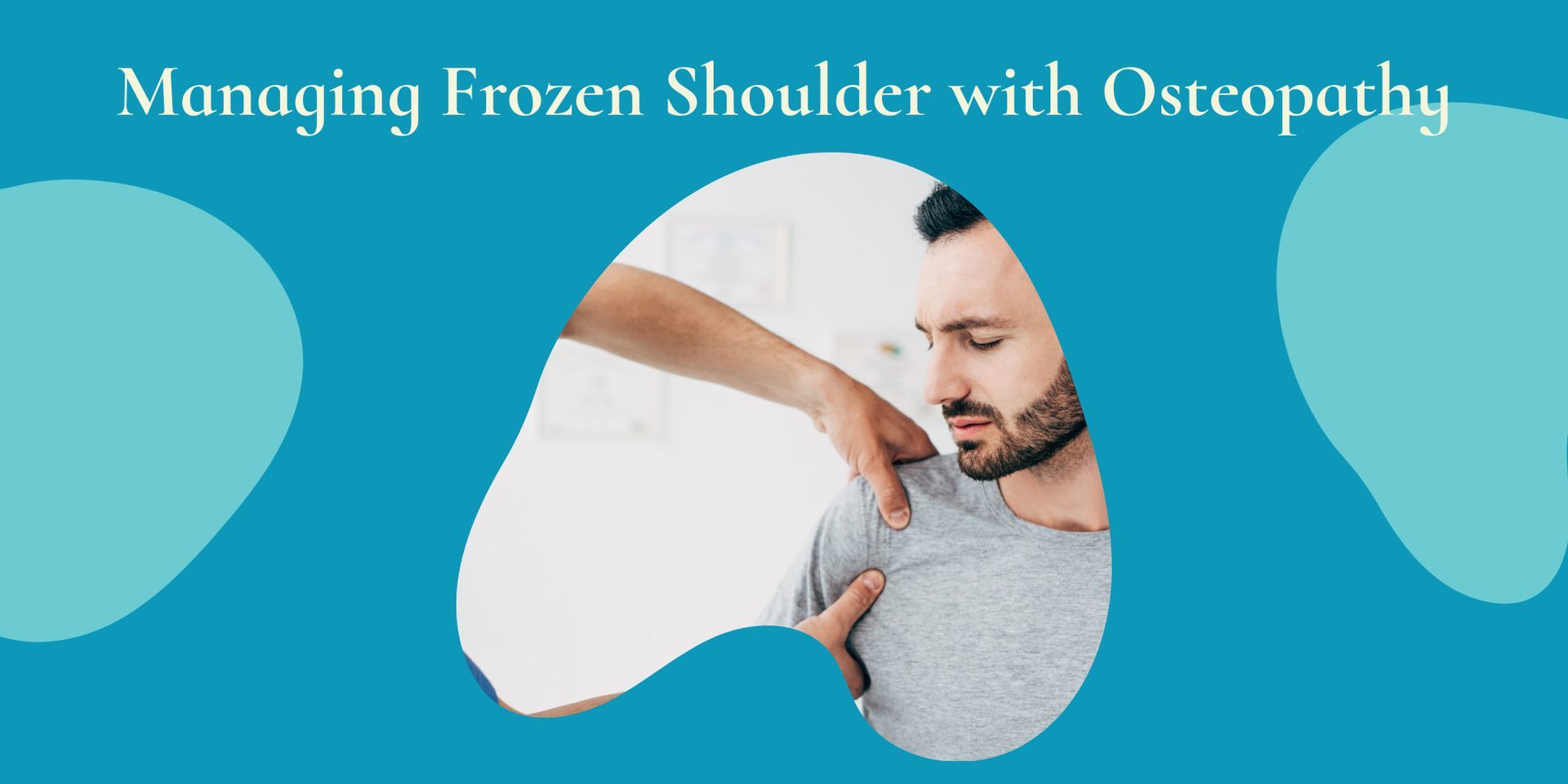Osteopathy: Conditions We Can Help With
Osteopathy can help with everyday back pain to long-standing health challenges
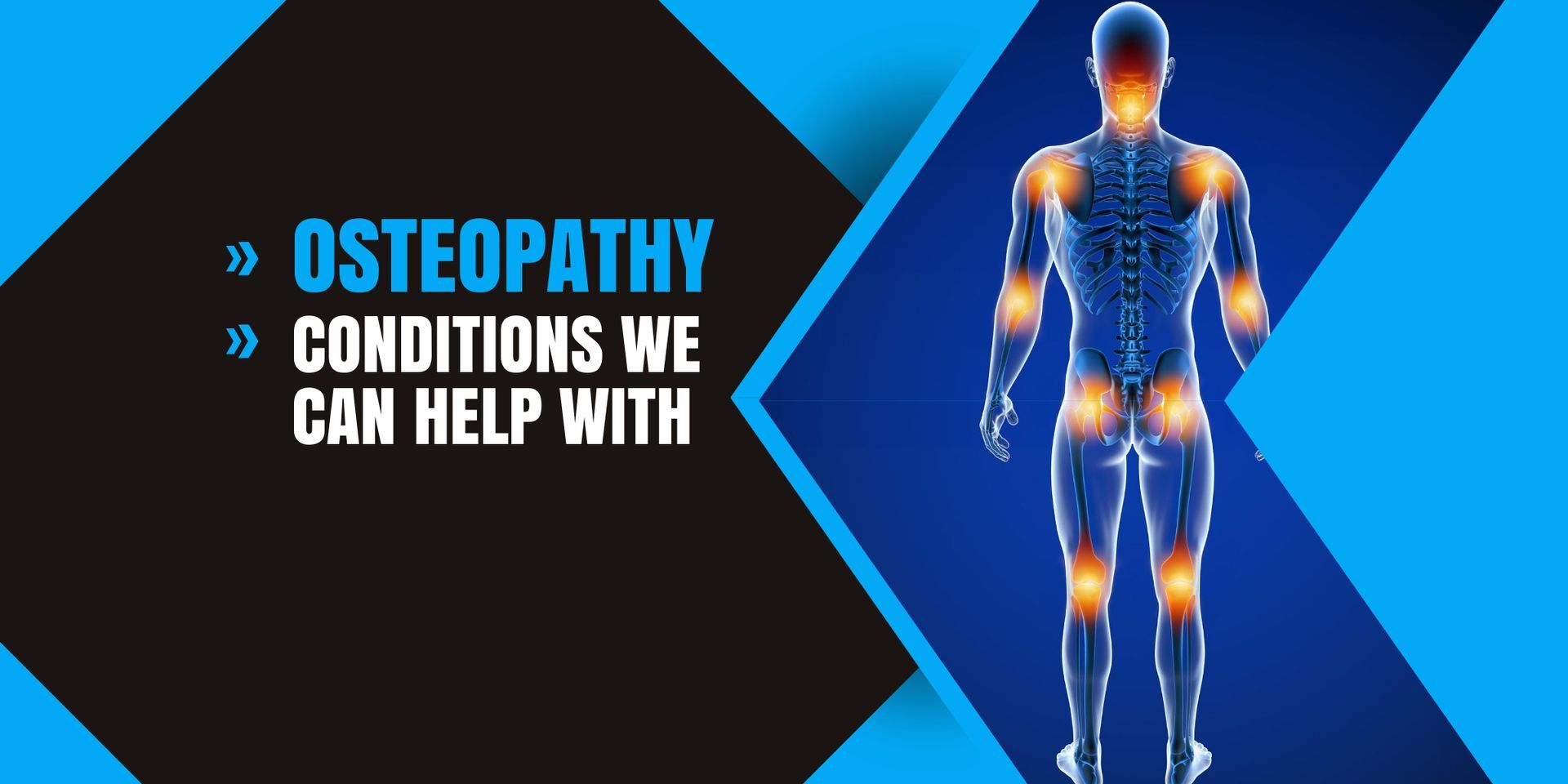
When people first walk through our doors at Parkstone Osteopaths, the most common question is: “Can osteopathy help with what I’m dealing with?” The answer is often yes — though how we help depends very much on you as an individual. Osteopathy isn’t about chasing symptoms; it’s about looking at the whole person and how everything connects.
Below we’ve put together a straightforward overview of the kinds of issues people come to us with, and how osteopathy may offer support.
Every day aches and pains
Most of us experience some form of back or neck pain at some stage. Sitting at a desk all day, lifting awkwardly, or simply the wear and tear of life can leave the spine and surrounding muscles feeling tight and sore.
Osteopathic treatment can ease that discomfort, improve mobility, and help you move more freely again.
We also see many patients with joint pain in the hips, knees, shoulders, and elbows — sometimes linked to arthritis, sometimes caused by sports or repetitive strain.
Gentle joint mobilisation, soft tissue work and simple home advice can often make a big difference.
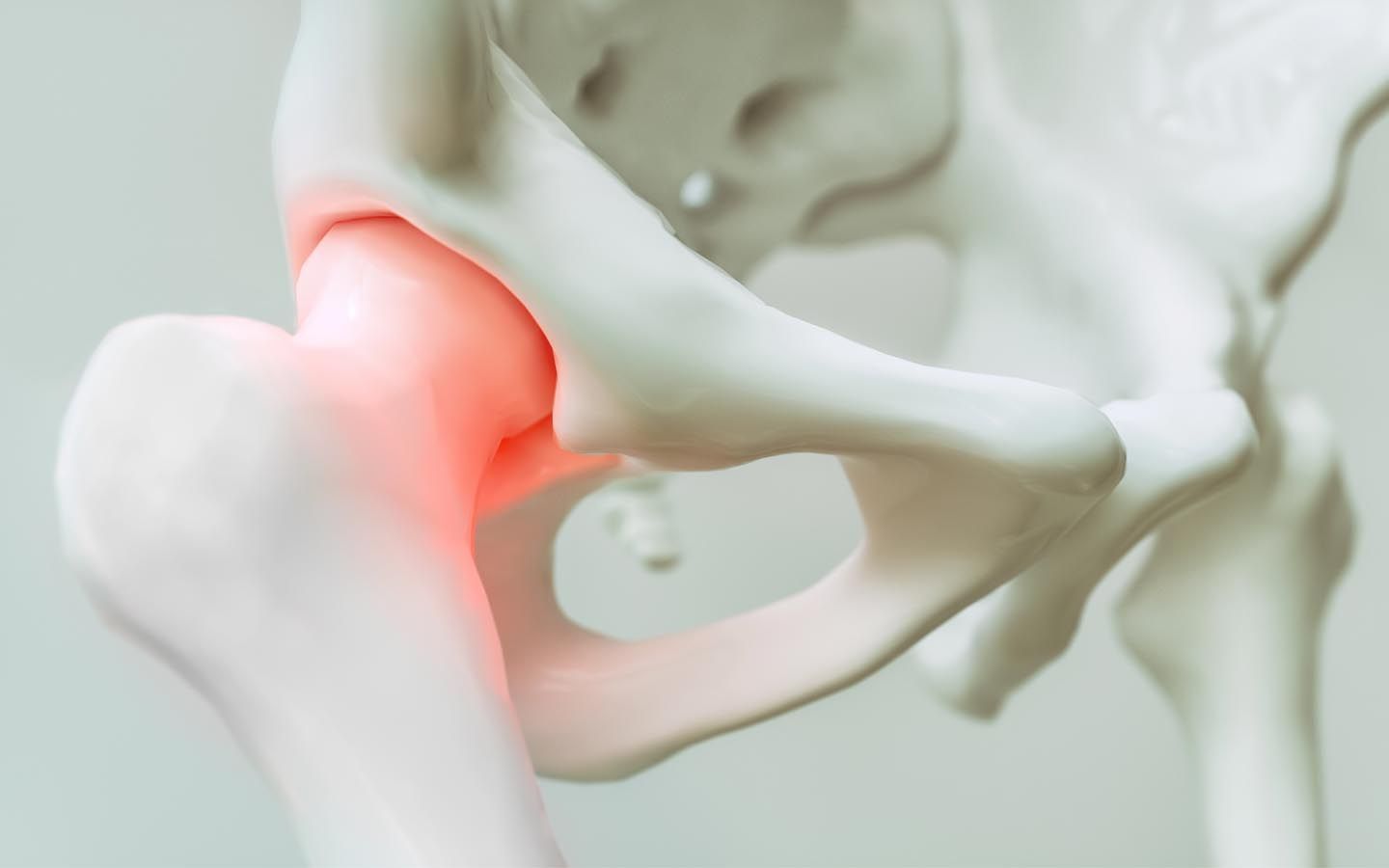
Headaches and tension
Not all headaches are caused by dehydration or eye strain. Tension in the neck, jaw, and upper back can also trigger headaches.
By improving the way those areas move, and calming tight muscles, osteopathy can reduce the frequency or intensity of tension-related headaches.
Nerve pain and sciatica
When nerves become compressed or irritated, they can cause sharp, radiating pain — sciatica being one of the most well-known examples.
With careful assessment, we can often reduce the pressure on those nerves, ease muscular tension around them, and guide you on posture or exercises to prevent flare-ups.
Sports injuries and overuse
Whether you run marathons or just enjoy weekend gardening, injuries happen. Osteopathy can help with strains, sprains, tendon irritation and other activity-related issues.
Treatment focuses not only on recovery but also on identifying the underlying causes of the problem — for example, imbalances in strength, flexibility, or movement patterns.
Support during pregnancy and after birth
Pregnancy places extra strain on the back, pelvis and hips. Osteopathic treatment during and after pregnancy can be very gentle, aiming to relieve pain and support the body as it adapts. Many women find this helps them stay more comfortable and mobile through each stage.
Longer-term conditions
People living with arthritis, fibromyalgia or generalised long-term pain sometimes turn to osteopathy for relief.
While we can’t “cure” these conditions, we can often help manage stiffness, improve circulation and support better quality of movement — which in turn helps reduce day-to-day discomfort.
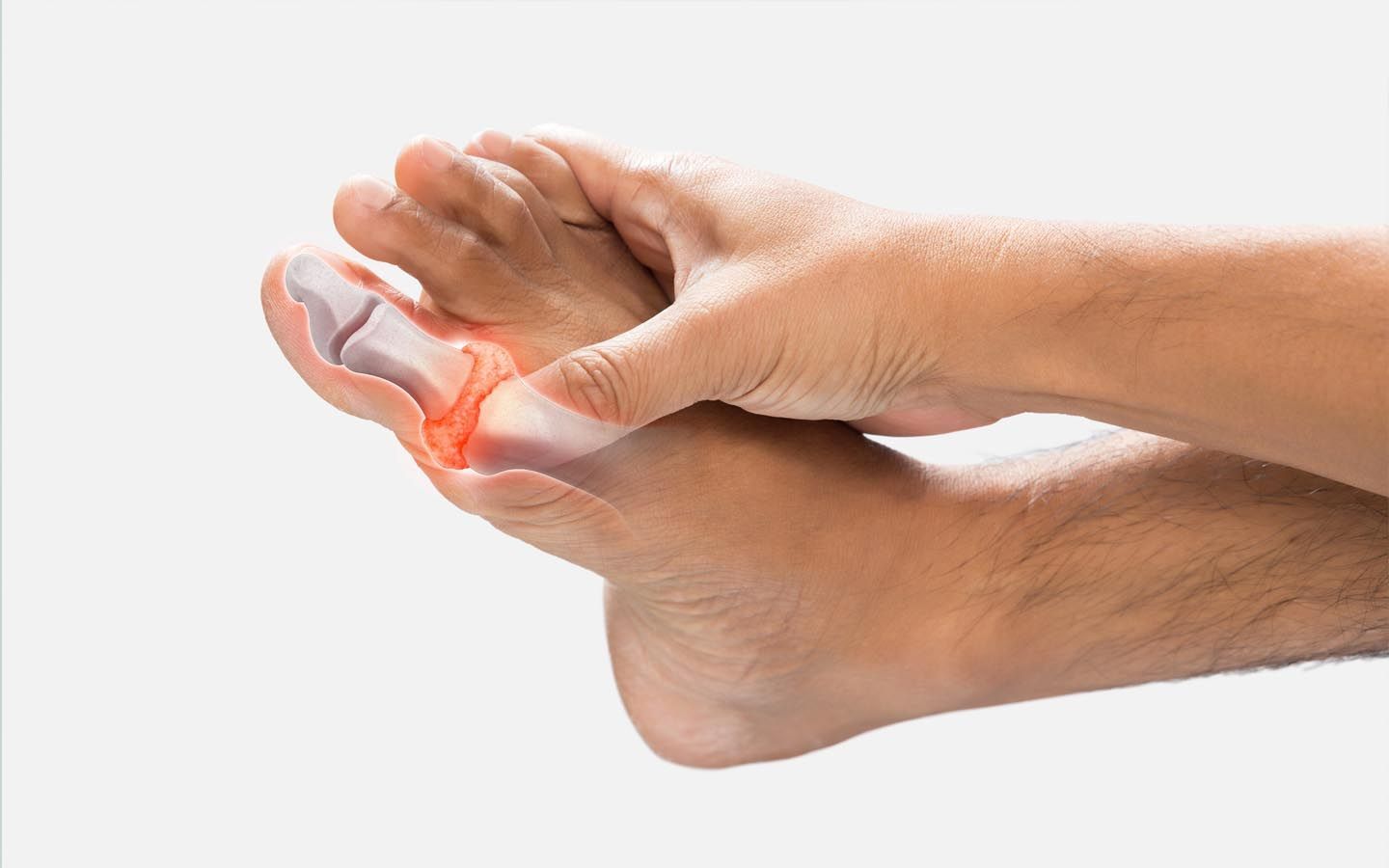
Whole-body health
Although osteopathy is best known for treating muscles and joints, the benefits can extend further.
Improving posture, movement and circulation can have knock-on effects for energy levels, breathing and even digestion.
Many people notice they simply feel more balanced after treatment.
When osteopathy might not be suitable
There are situations where osteopathy isn’t the right option, such as fractures, infections, or some more serious medical conditions.
That’s why we always begin with a thorough case history and examination. If something needs different medical attention, we’ll guide you in the right direction.
In summary
Osteopathy can help with a wide range of conditions, from everyday back pain to long-standing health challenges. What matters most is not just treating the painful spot, but understanding how your whole body is working together.
At Parkstone Osteopaths, our aim is to relieve pain, restore balance, and help you feel more at ease in your own body.



